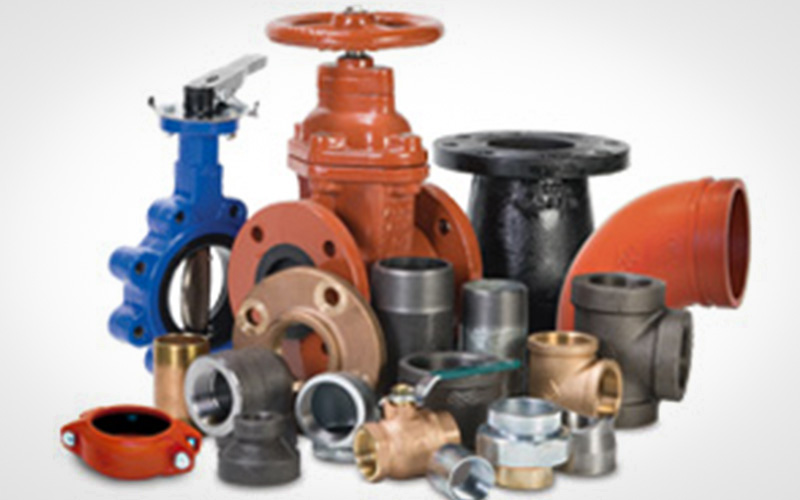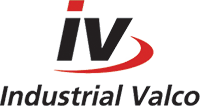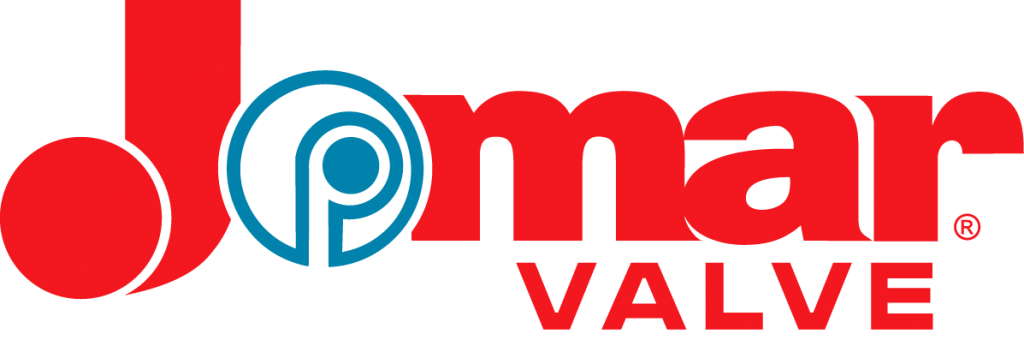
The industrial valves sold at Commerce Hose & Industrial Products are devices that control the flow and pressure of liquids, gases, and slurries within a larger system. Industrial valves are a key component in many machines that are used on a daily basis, they can perform a variety of functions for many different industries. Industrial valves (also known as regulators) can vary in size, design, and function. Typically at Commerce Hose & Industrial Products, we categorize industrial valves by either their specific function or control mechanism.
Commerce Hose & Industrial Products is proud to provide industrial valves from Dixon, Midland Metals and Smith Cooper.
Types of Industrial Valves:
The three common valve functions include stopping and starting flow, throttling/controlling flow, and acting as a non-return check for flow.
- Stop/Start valves are used for systems that do not need the flow throttled. The valve opens to allow the flow and closes to stop flow.
- Throttle or control valves control the speed and capacity of flow through the system.
- Non-return or check valves control the direction of flow. Flow in the desired direction opens the valve, while flow in the oppose direction forces the valve closed. These valves are important for preventing backflow to systems in applications such as wastewater management.
There are three common types of mechanisms that help control flow through a valve.
- Linear motion valves use a closure member that moves in a straight line to allow, stop or throttle the flow. The closure device could be a disc, slat or flexible material, like a diaphragm.
- Gate Valves – The valve is completely opened when the disk is removed from the flow stream.
- Check Valves – The disk moves perpendicular to the seat to open or close the flow so the annular space between the disk and seat ring gradually changes.
- Pinch Valves – The pinching mechanism, a bar or gate, is lowered onto the valve body to cut off the flow through the system.
- Globe Valves – The disk moves perpendicular to the seat to open or close the flow so the annular space between the disk and seat ring gradually changes.
- Diaphragm Valves – The disk is flexible and seals with the seat in an open area at the top of the valve body.
- Rotary motion valves rotate a disc or ellipse about an angular or circular shaft extending across the diameter of an orifice. Quarter turn valves will be in their fully open or fully closed state after a 90° turn of the stem.
- Butterfly Valves – The flow control element is on either a vertical or horizontal axis and is opened when the handle is rotated 90 degrees and closed when the valve is turned an additional 90 degrees.
- Plug Valves – The disk is a solid tapered or cylindrical plug with a bored passage at the right angle to the longitudinal axis of the plug. When open, the plug lines up with the inlet and outlet port of the valve body.
- Ball Valves – It uses a ball shaped disk with a hole in it. When the valve is opened the hole of disk is turned in-line with the direction of the flow. When the valve is shut, the ball is rotated so that the hole is perpendicular to flow direction.
- Pressure Related
- Reducing Valves – Automatically reduces supply pressure to a preselected pressure.
- Relief Valves – A relief valve opens slowly as the pressure increases about the set-point and only opens as necessary.
- Safety Valves – A safety valve rapidly opens as the pressure setting is reached and will stay open until the pressure is lower than the actuating pressure set-point.









